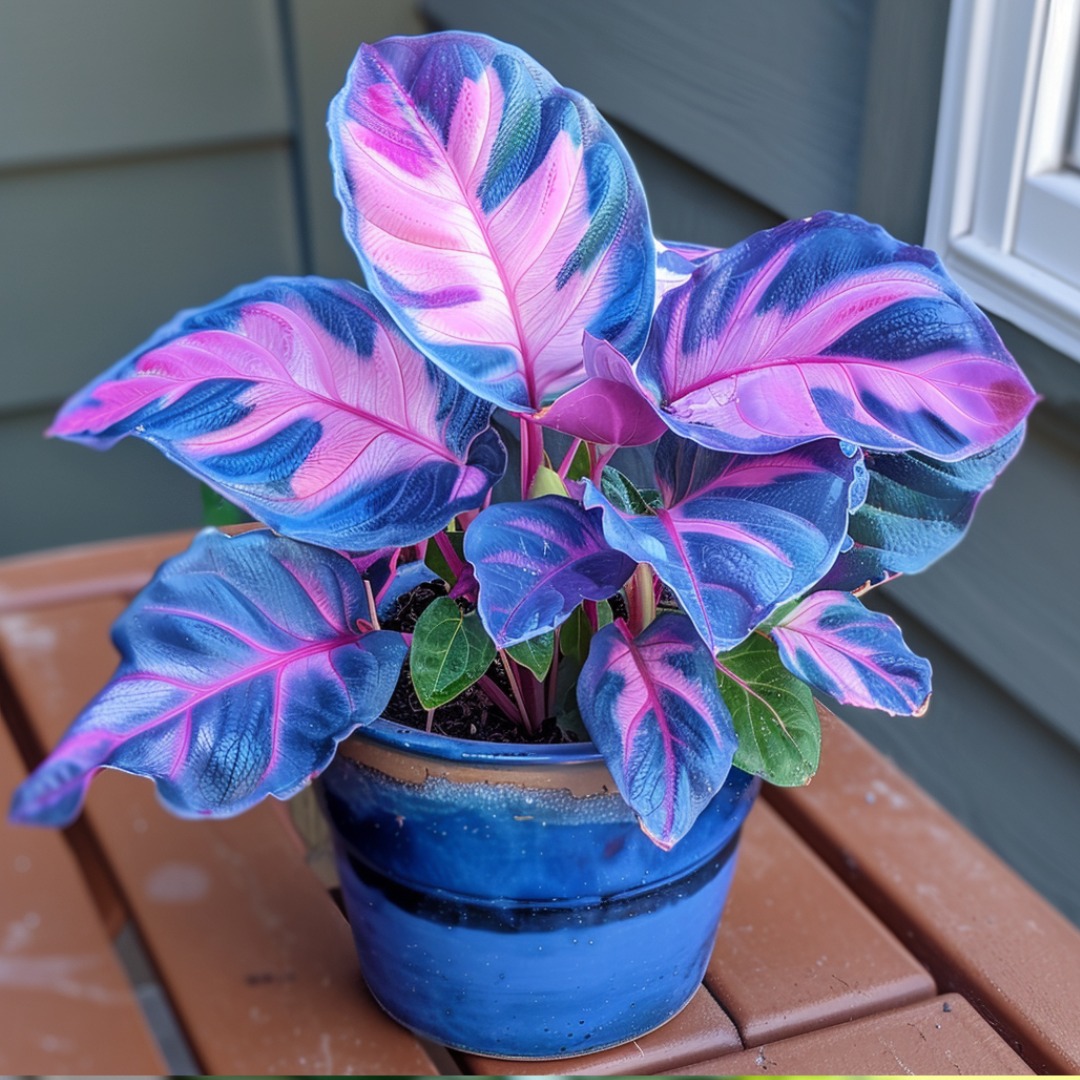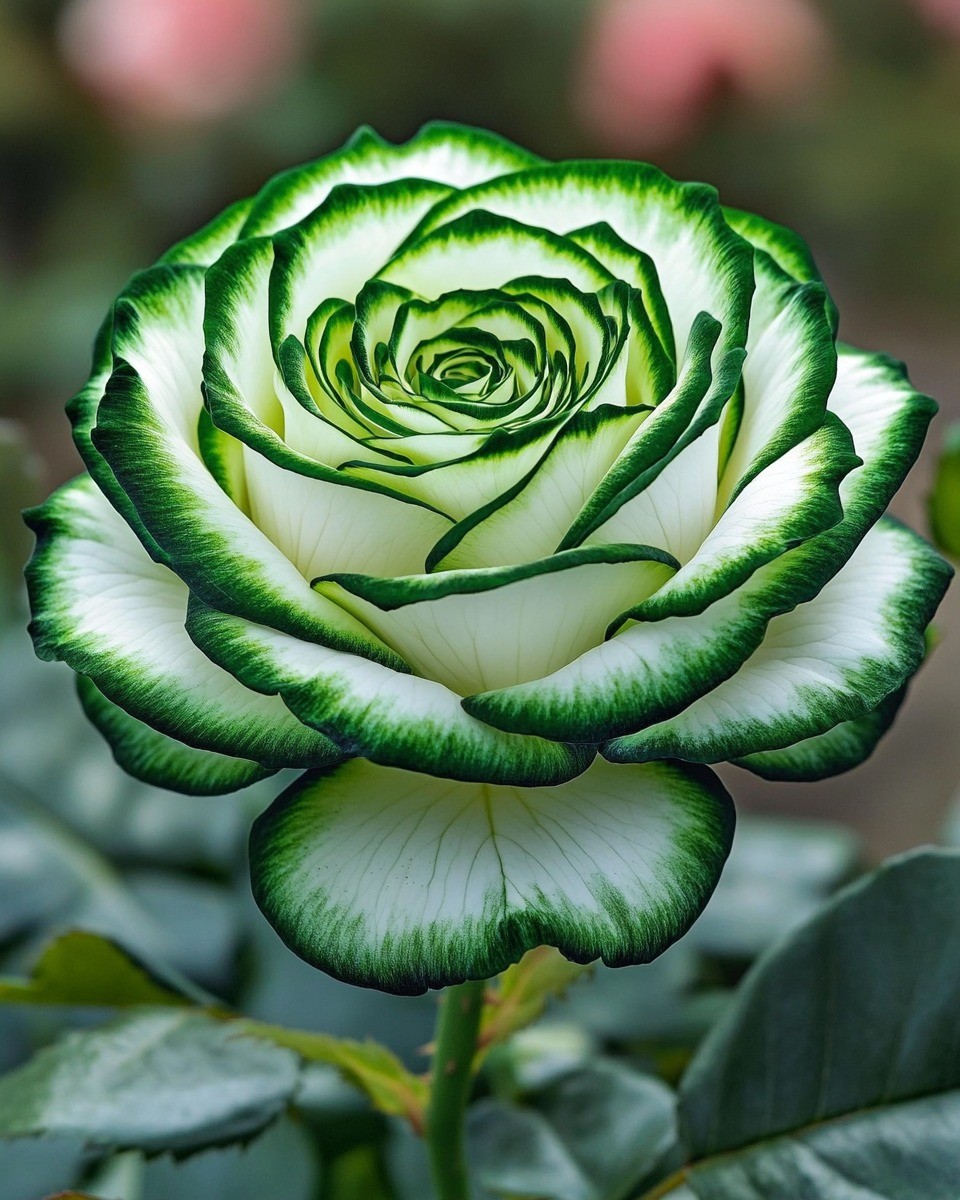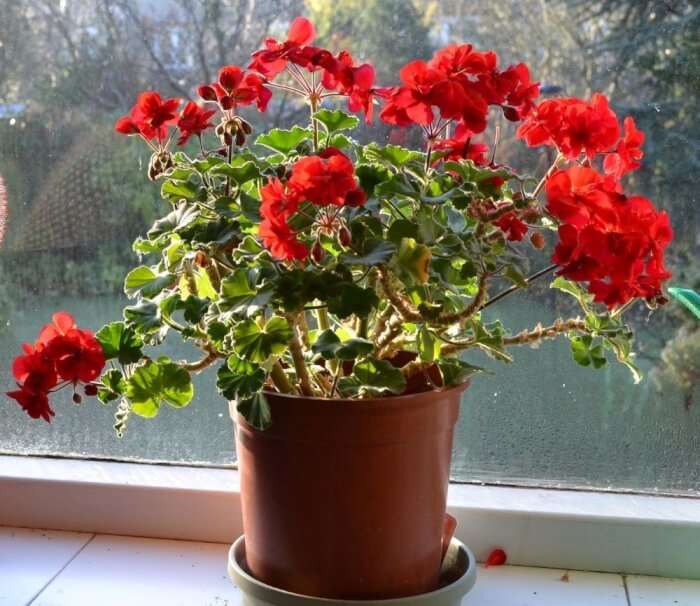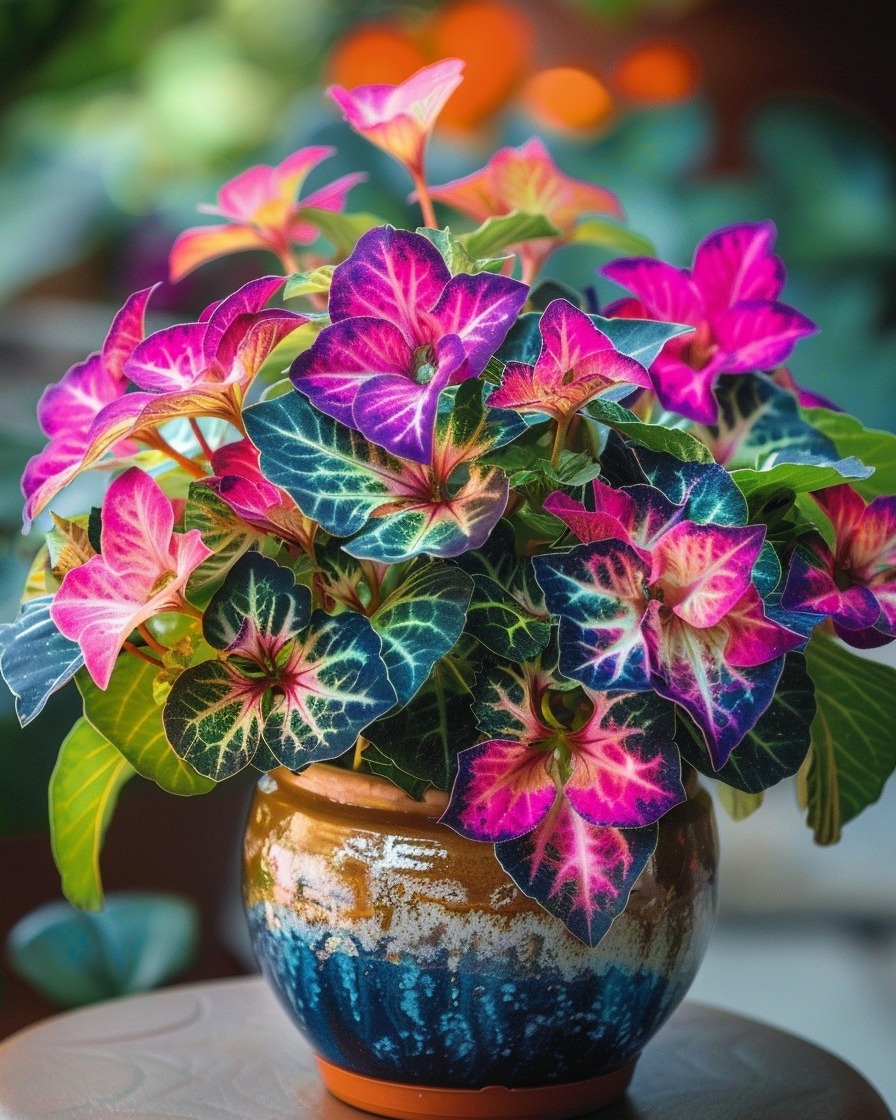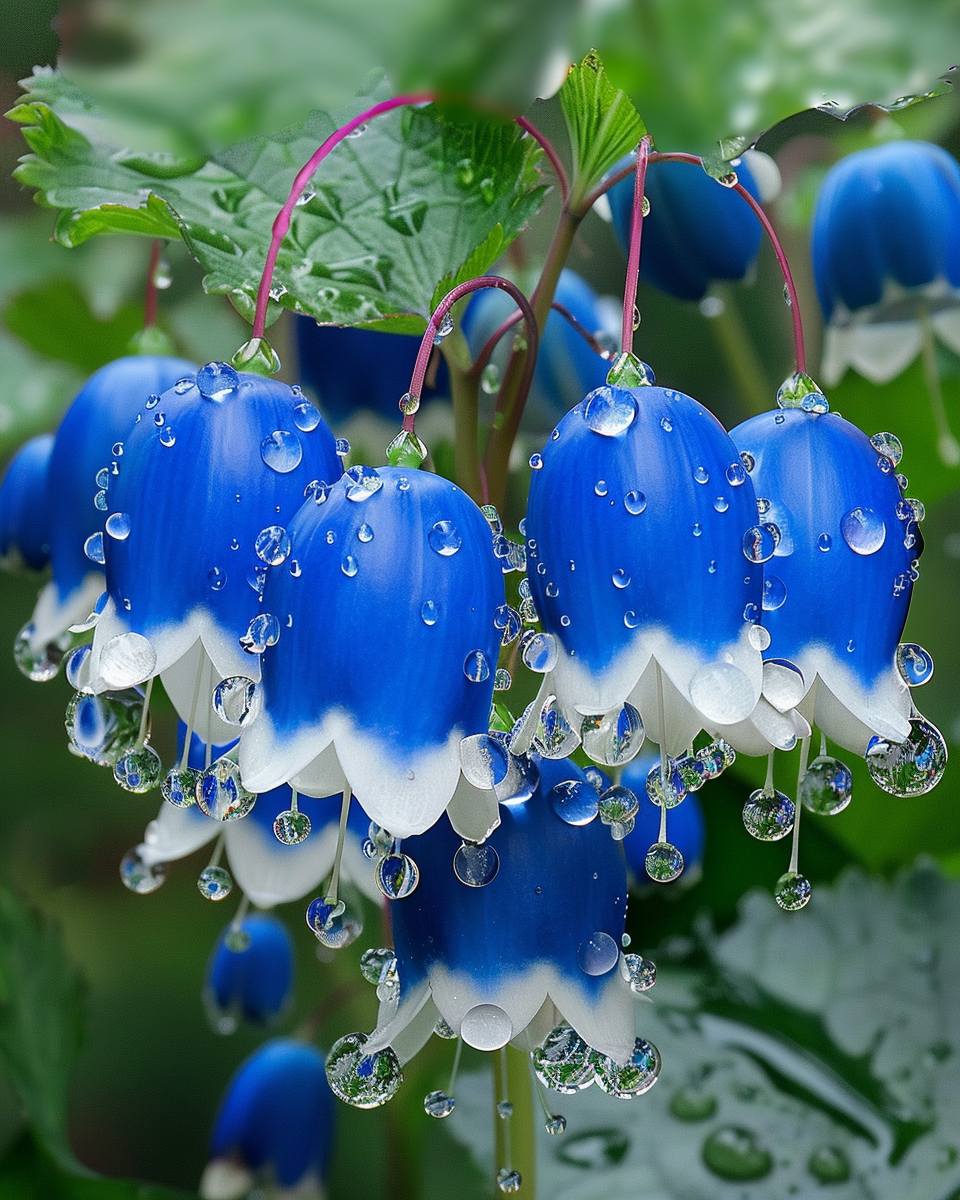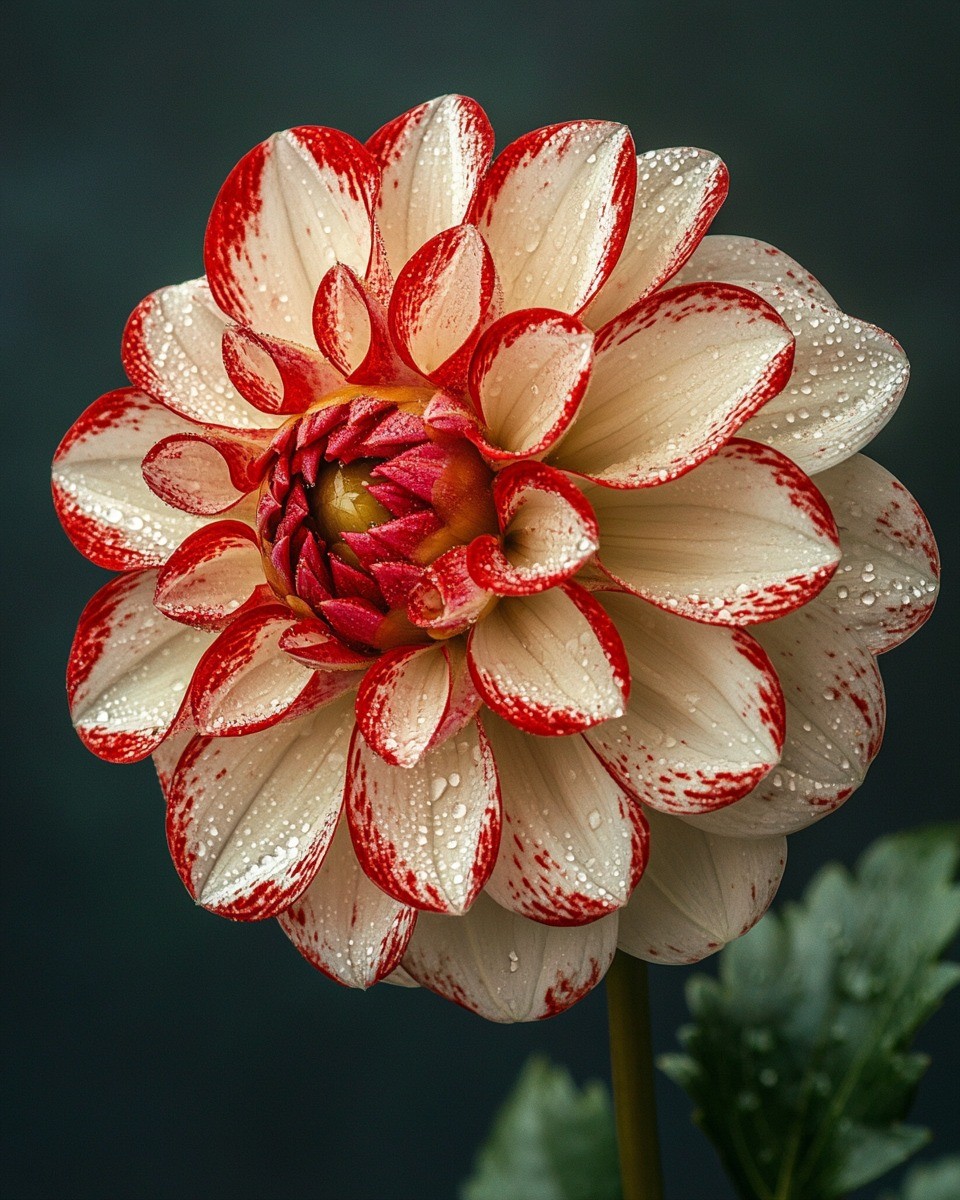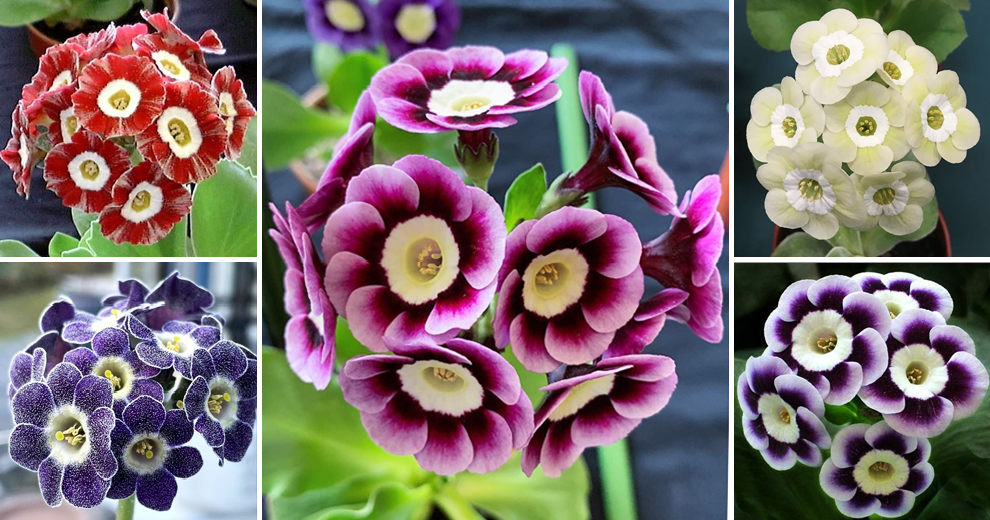
So at the right timeThe best time to sow polyanthus, acaulis and auricula is between February and April. A little frost can facilitate germination, but in very difficult areas you should postpone sowing until March or April. You will still get flowers next spring if you sow before the end of May. Sowing can be done in June or until the end of July if really necessary, as long as you keep them cool and moist. The later you leave it, the harder it is to bring small plants that aren’t well established through a winter season. Sieboldii is best sown from November to January and left outside. They can be moved into a shaded frame in February.
Save your seedsIf you don’t want to sow your seeds immediately upon receipt, place the packets in a screw-top jar and store them in the refrigerator – not the freezer – until needed. They can remain viable for years.
Use a suitable compostPrimula plants are very sensitive to concentrations of mineral salts found in fertilizers. If the mixture is too strong, the plants may not grow at all, – or the young roots may be killed. Always use seed compost and look for one that is as gritty and fibrous as possible. Primula roots need air to grow and develop. If the compost is too fine, a few waterings will force out all the air.
How to sow primrose seeds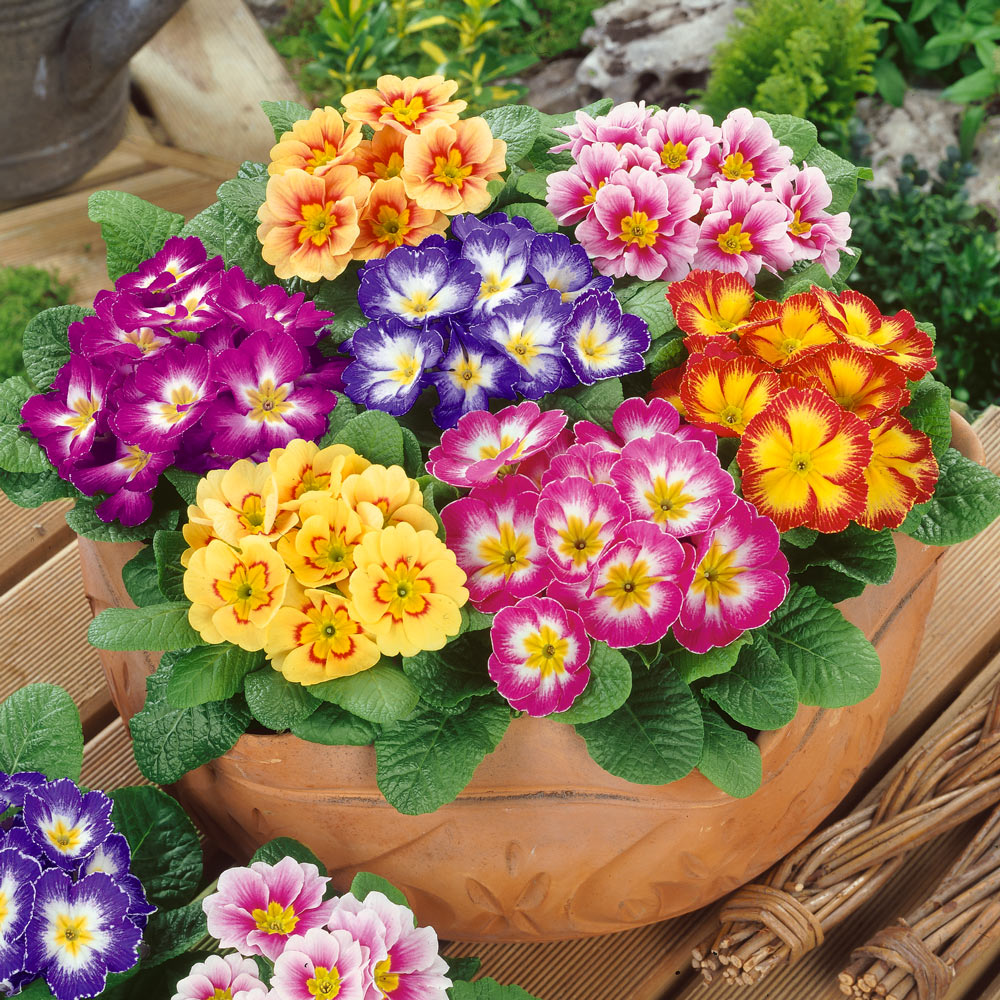
Primula plants need light and air to germinate. Sow on the surface of the compost and do not cover with soil. Seeds that are slower to germinate (double primroses, hose-in-hose, jack-in-the-green, auriculas and most of the species can be sown on a layer of vermiculite or very fine gravel over the compost. Water them with a fine rose Place a seed tray (perforated) of the same size over your seeds (to protect the seed when left outside) and weigh it down with a rock.
Leave the plot in a shady place outside. Inspect regularly and water as needed. Do not let the compost dry out. As soon as the seeds sprout, remove the cover. Protect against snails. Polyanthus and primrose germinate within three weeks. Auriculas is slower and Sieboldii can take six weeks. Most of the species need natural freezing and thawing to get them going so it is important that as early as possible.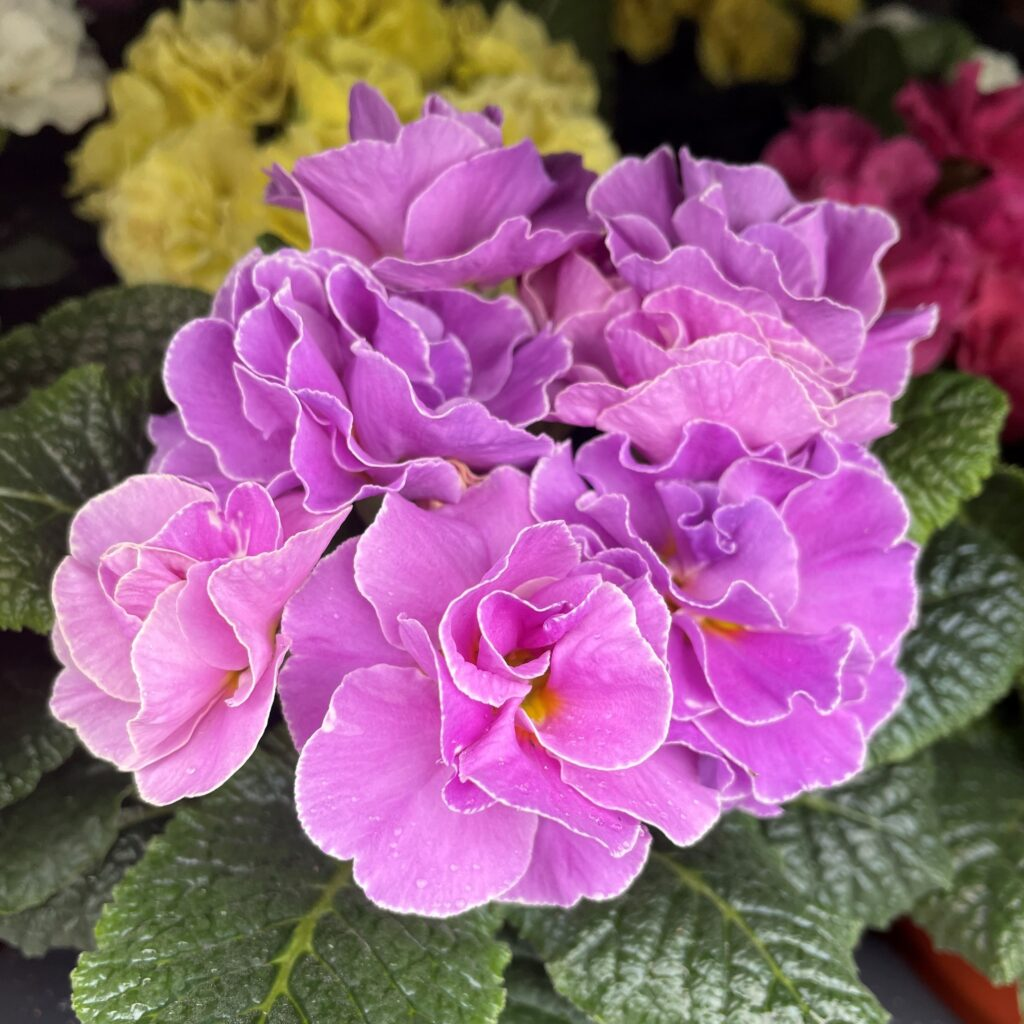
Keep the seeds cool and moistHigh temperatures inhibit germination. Dehydration – especially at the moment of germination – is usually fatal. Do not plant your seeds under glass, as the temperature rises too high on sunny days, – even in winter!! Ideal germination temperature is between 12 and 15 degrees Celsius. Lower temperatures do no harm, but anything above 18 degrees is fatal. NEVER use a heated propagator.
Don’t stick out too early
Primroses establish much more quickly if a good root system has developed before they are moved. Wait until you have at least four leaves before exiting. A feed with a semi-strength, high-potassium fertilizer a week before spotting helps.
